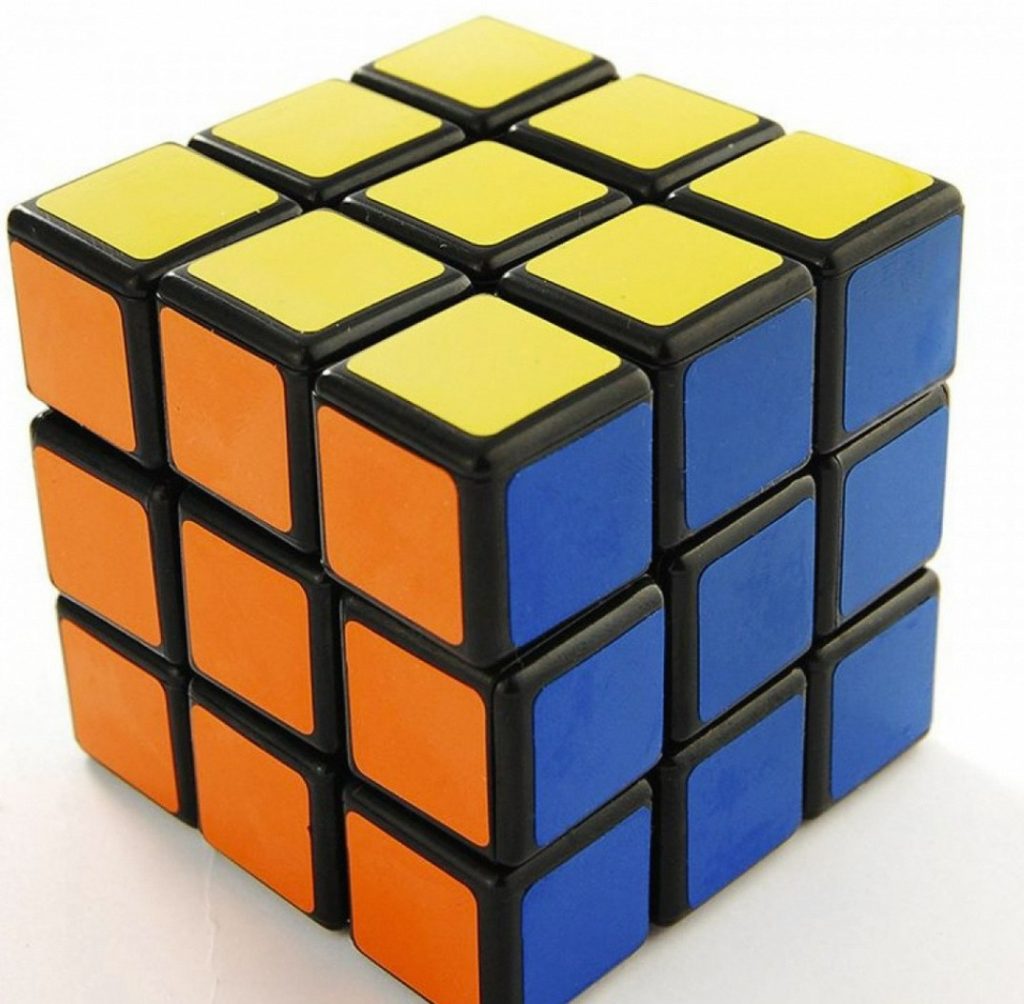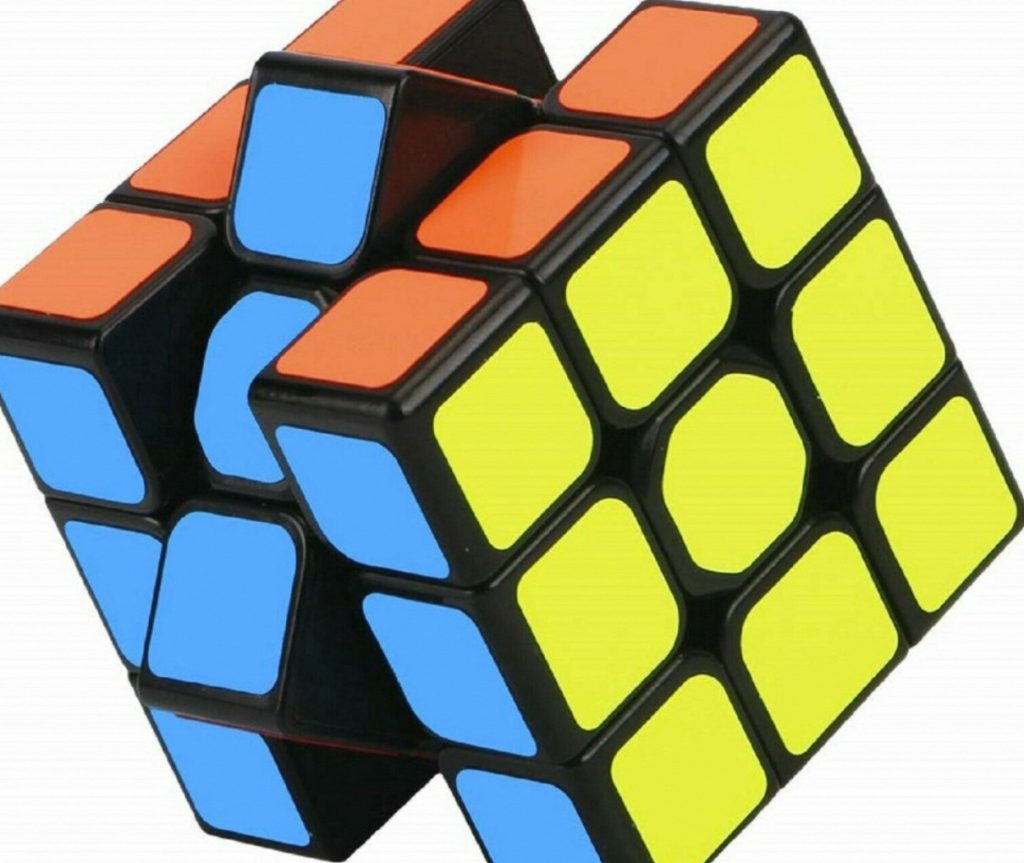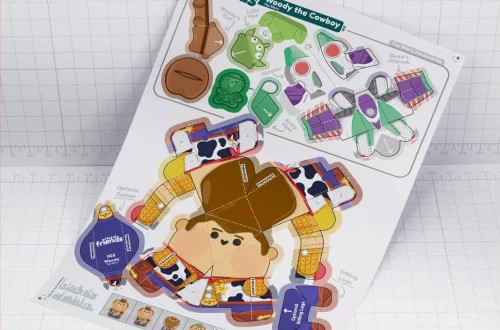For decades, the Rubik’s Cube has captivated minds with its seemingly simple design and surprisingly complex challenge. Solving this iconic puzzle can feel daunting, but with the right approach, you can be well on your way to cubing glory. This guide introduces the “Beginner’s Method,” a straightforward and popular approach that breaks down the solving process into manageable steps.

Part 1: Unveiling the Cube’s Secrets
The Cubing Lexicon:
Before diving into solutions, understanding how cubers communicate their moves is essential. Each face of the cube has a designated letter (F – Front, B – Back, R – Right, L – Left, U – Up, D – Down). A single letter represents a 90-degree clockwise turn of that face, while a prime symbol (‘) signifies a counter-clockwise turn. For example, F2 indicates two consecutive 90-degree clockwise turns of the Front face.
The Building Blocks:
To improve your understanding of the Rubik’s Cube and to simplify the process of following its solution steps, it’s important to familiarize yourself with fundamental cube terminology. The “center piece” refers to the stationary cubelet positioned at the central point of each face. In contrast, an “edge piece” interacts with two distinct colored faces, and a “corner piece” is situated where three colored faces meet. Understanding the significance of these terms is pivotal as it provides invaluable insights into the structural composition and mechanics of the cube. By comprehending these fundamental terms, you can visualize the roles that different pieces play in the overall configuration of the cube. Furthermore, this knowledge aids in comprehending the sequence of solution steps, allowing for a more efficient and effective approach to solving the puzzle. Embracing these foundational concepts promotes a deeper and more intuitive understanding of the Rubik’s Cube, enabling you to approach the solving process with greater confidence and proficiency.

Part 2: Conquering the Cube Layer by Layer
The Beginner’s Method tackles the Rubik’s Cube one layer at a time. Here’s a breakdown of the first two layers:
Building the White Cross (First Layer):
Choose a face (typically white) to be the “top” face. The goal is to create a white cross on the top with white corner pieces positioned correctly around the edges.
Identify the four edge pieces with white on them. Using specific algorithms (a sequence of moves), maneuver these edge pieces to their designated slots on the top layer, ensuring the white and another color line up correctly. Numerous beginner-friendly algorithms are available online and in resources like [books on solving Rubik’s cube].
Perfecting the Middle Layer:
With the white cross complete, focus on the middle layer (the one below the white face). Each center piece in this layer should be surrounded by edge pieces with the same color.
Once again, utilize algorithms to position the edge pieces in their correct slots on the middle layer. These algorithms will involve manipulating the top and bottom layers while maintaining the white cross.

Part 3: The Final Frontier – Solving the Top and Last Layers
The final two layers involve solving the top yellow face and orienting the last layer edges.
Forming the Yellow Cross (Third Layer):
The third layer should have yellow center pieces, but the edge pieces might be mismatched. The objective here is to create a yellow cross on the top face, similar to how you created the white cross in the first layer.
Algorithms come into play again to move the yellow edge pieces around until a yellow cross is formed. Once achieved, the next step focuses on correctly positioning the yellow edges.
Positioning the Yellow Edges (Last Layer):
The final phase of solving the Rubik’s Cube entails arranging the yellow edge pieces so that each displays yellow on the top and its corresponding color on the side. Although this task may initially appear complex, it can be accomplished through the implementation of a few purposeful algorithms. These algorithms are specifically designed to manipulate the last layer pieces, facilitating the achievement of the desired configuration.

Through consistent practice and precise execution of these algorithms, you will proficiently navigate this phase. Gradually honing your proficiency and speed in solving the Rubik’s Cube. As you acclimate to the strategic application of these algorithms, you will attain heightened proficiency, allowing for a more seamless and efficient solving process.
Embracing these algorithms fosters a more intuitive understanding of the Rubik’s Cube solving methods. It also paves the way for enhanced dexterity and proficiency in successfully unraveling the puzzle. Through dedication and discipline, you will undoubtedly find yourself progressing towards mastering the final phase of the Rubik’s Cube solving process.
Part 4: Mastering the Cube – Tips and Beyond
Mastering the Rubik’s Cube takes dedication and consistent practice. Here are some tips to elevate your cubing skills:
Smoothness is Key:
As you continue to practice the algorithms necessary for solving the Rubik’s Cube, it’s important to focus on achieving smooth and controlled rotations of the cube’s faces. This deliberate approach enhances not only your speed but also minimizes the occurrence of mistakes that could disrupt your progress. By developing the ability to execute precise movements with fluidity and control, you can significantly improve your overall efficiency and effectiveness in solving the puzzle. Smooth and controlled rotations are not only aesthetically pleasing but also contribute to minimizing errors, making the solving process more streamlined.

Consistent and deliberate maneuvers reduce the likelihood of misaligning the cube, ensuring that your solving strategy remains uninterrupted. Embracing a methodical and controlled approach to your practice sessions will undoubtedly elevate your proficiency and performance when solving the Rubik’s Cube, allowing you to navigate the complexities of the puzzle with greater ease and precision. By practicing controlled rotations, you’ll gain a deeper appreciation for the strategies that enable efficient Rubik’s Cube solving.
The Power of Visualization:
During practice, try to visualize the cube in your mind as you execute the algorithms. This mental imagery can help solidify your understanding of how the moves affect the cube’s overall state.
The Beginner’s Method is a springboard on your Rubik’s Cube solving journey. With consistent practice and the abundance of available resources, you’ll soon be able to impress your friends and family with your newfound cubing prowess. Remember, solving the Rubik’s Cube is a rewarding challenge, so have fun and enjoy the process of becoming a cubing master!




